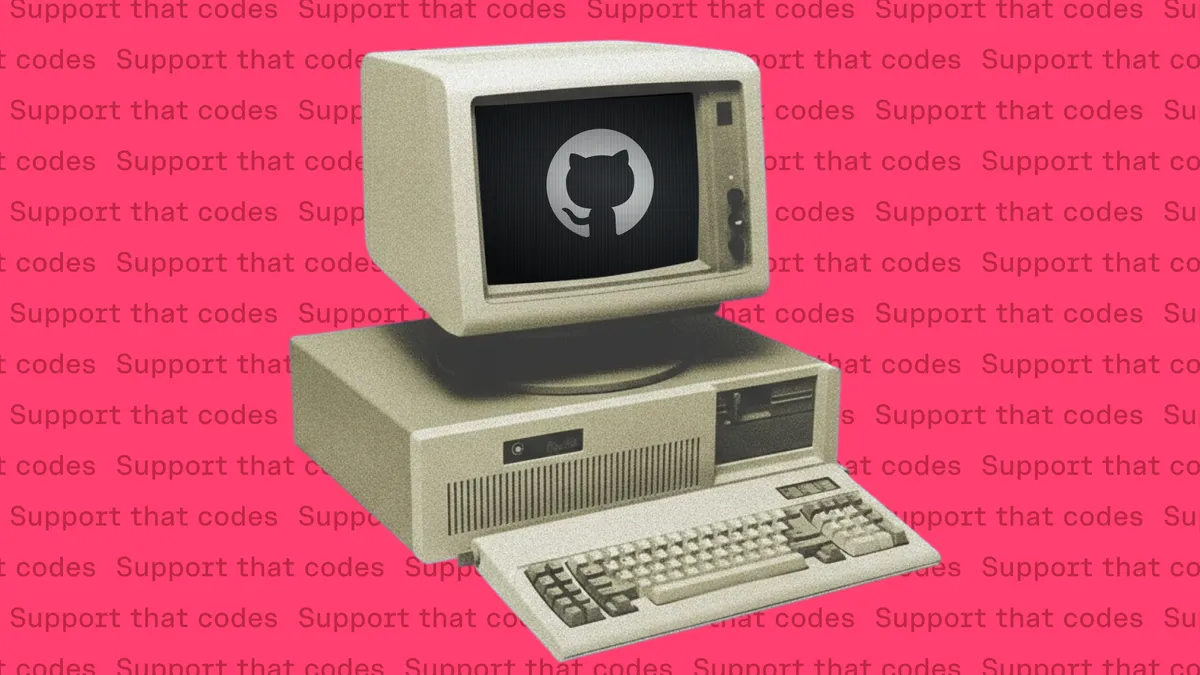If you lead a customer experience team, you’ve been bombarded with messages about how AI will solve your problems.
Much of the story has been about ticket deflection, and rightfully so. If AI Agents are able to resolve tickets anywhere near the rate shared by major technology providers (Intercom touted 66% avg resolution rate as of October this year), it’s a strategy that leadership teams must explore.
Yet with all of the focus on AI deflection and resolution, we have not truly answered the question of “what’s next” for support team members. Getting ‘time back’ is a common refrain, but there’s less clarity on what it means for the career of support. At Jam, we’re bullish on the opportunity ahead.
In 2026, it will become common for Support teams to ship code changes.
A year ago, this may have seemed like a distant idea that’s solely reserved for a pitch deck. But over the course of the last month, I’ve spoken with multiple support leaders whose teams are already using Cursor to resolve low complexity customer issues. In doing so, they are helping customers that may have extended wait times at the end of the backlog - and they are giving engineering capacity back in the process.
A tangible starting point
Support-driven development is a daunting proposition to start from scratch, and comes with many concerns. How can you ensure proper QA? Or avoid breaking legacy code?
At Jam, we believe small experiments now are incredibly achievable. Simply getting started will help teams rapidly refine what works for their organization. Here’s the starting point as we see it:
Create alignment with your engineering partners
Support-driven development is a long term ambition. Leaders across the org must be aligned on why it’s worth experimentation now. Interestingly, my conversations with support leaders suggest that their engineering counterparts are enthused by this idea.
Start with SMEs
Identify 1-2 support reps who naturally gravitate to working on complex issues and/or are most likely to experiment with AI tools. This effort won’t always be a linear project; it will require curiosity and an emphasis on experimentation.
Build a trial plan
There’s nothing like a scope document with success criteria to help align teams on what you’re setting out to accomplish, and by when. To succeed, this should be a long term endeavor. Losing alignment is the quickest way to derail the project.
Define what you mean to fix
Clear guardrails on what types of customer requests can be fixed is critical. Copy changes, visual UI tweaks, documentation updates and customer configurations are often well isolated and have the lowest risk of breaking other code unintentionally. It’s great testing ground for teams to experiment before expanding their efforts.
Invest in inputs
The code created will be as good as the context in your prompts. Work with your engineers to learn the ropes. And test out tools that are built for debugging context specifically (ex: Jam translates what customers see into instructions for coding copilots).
Add a manual step
Most teams have developed thoughtful checks and balances. In the short term, teams may want to add a manual review step where engineering can sign off on PRs before they are merged to a staging environment. Keep in mind, many developers are already using coding copilots. This review step can serve as a teachable moment for support team members to learn the ropes.
Review and decide
Reflect alongside engineering to decide what a second iteration will look like. The act of continued experimentation is more important than any one AI-driven experiment.
Why the time is now
Companies have always won and lost on customer experience, but any customer-facing team feels the urgency of this now more than ever. Software expectations are high. Competing solutions are becoming easier to create. And customers are no longer locked in by transition costs. It’s the team that shows up for their customers that will build brand loyalty, and the retention that comes with it.
In a moment where support teams are starting to ‘get time back’ from their AI agents, the path to earning loyal customers is clear: solve their challenges, and faster.
What better opportunity could we ask for?









